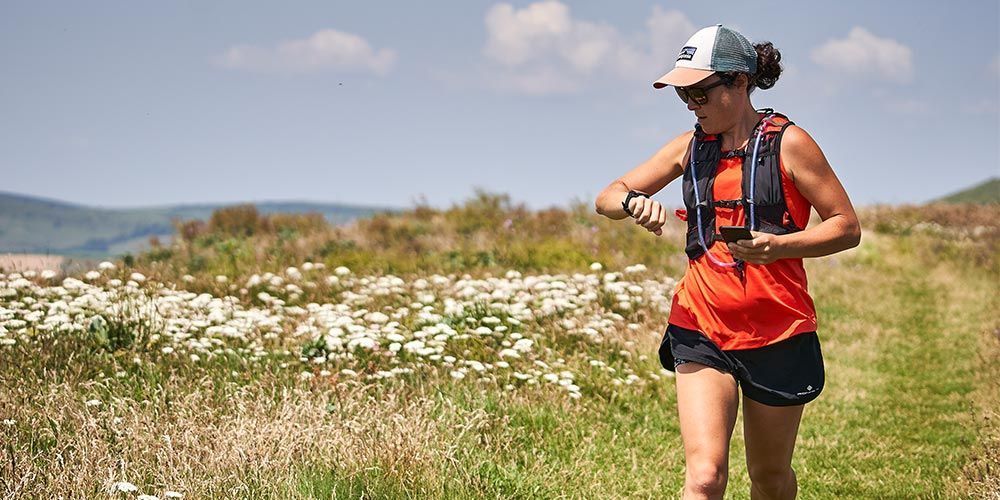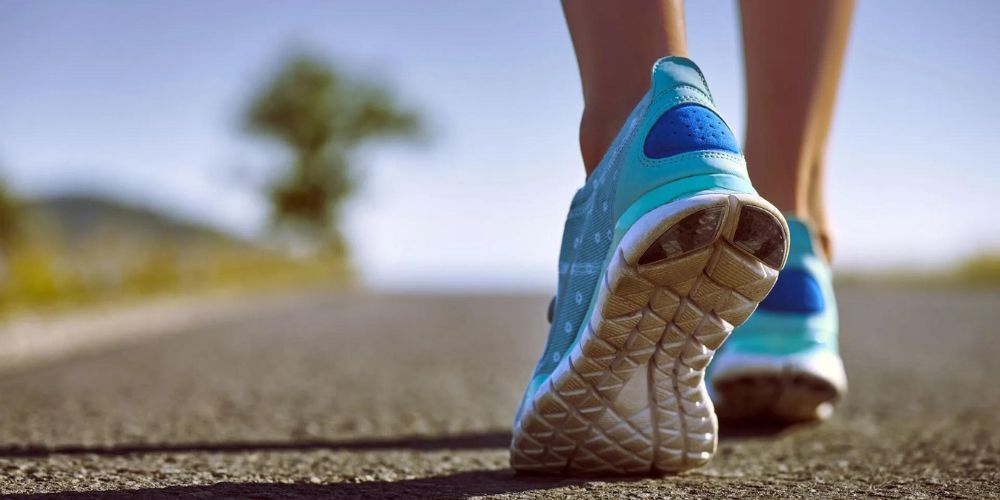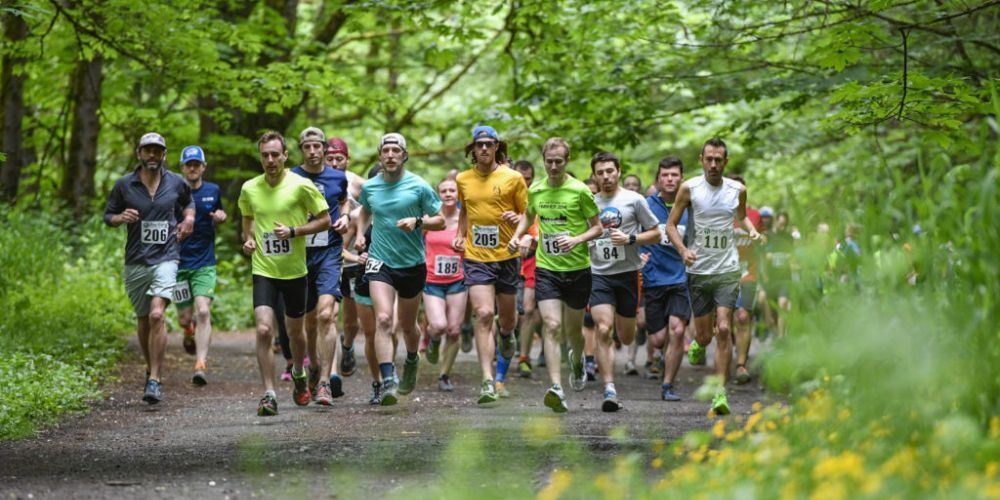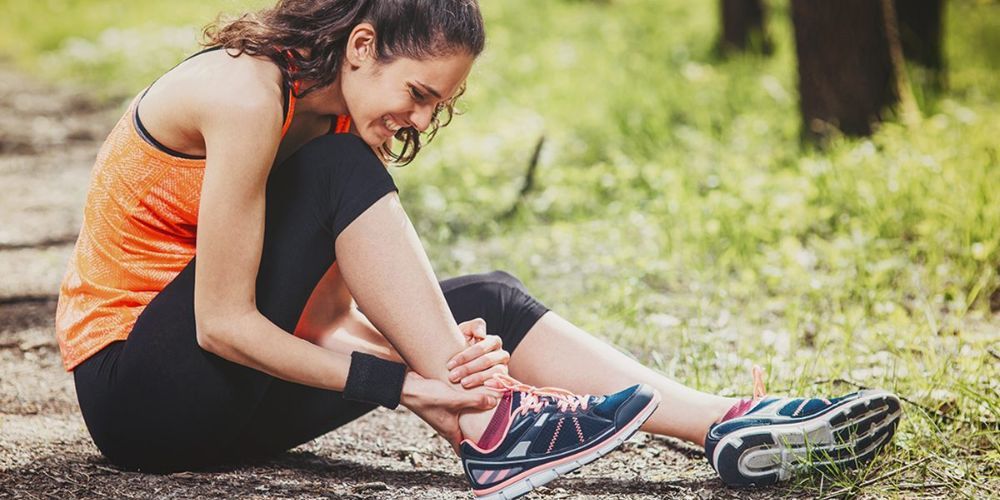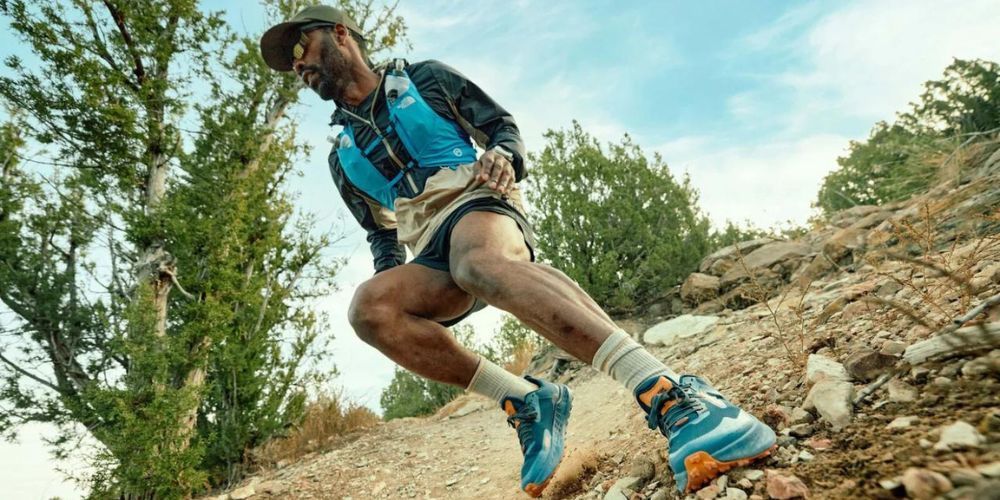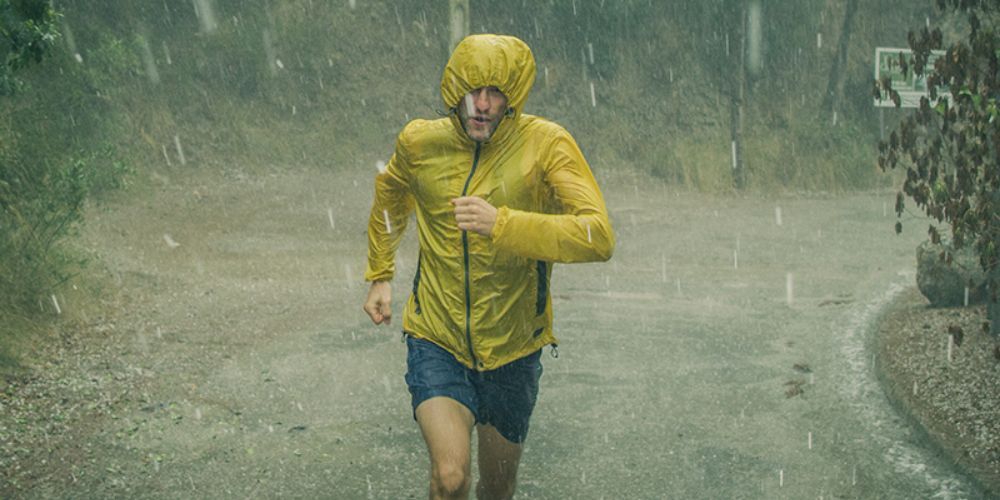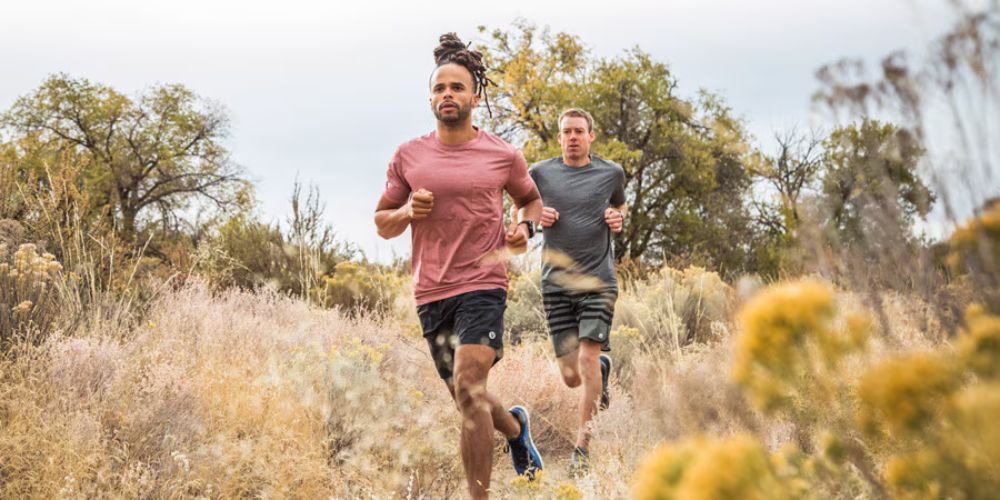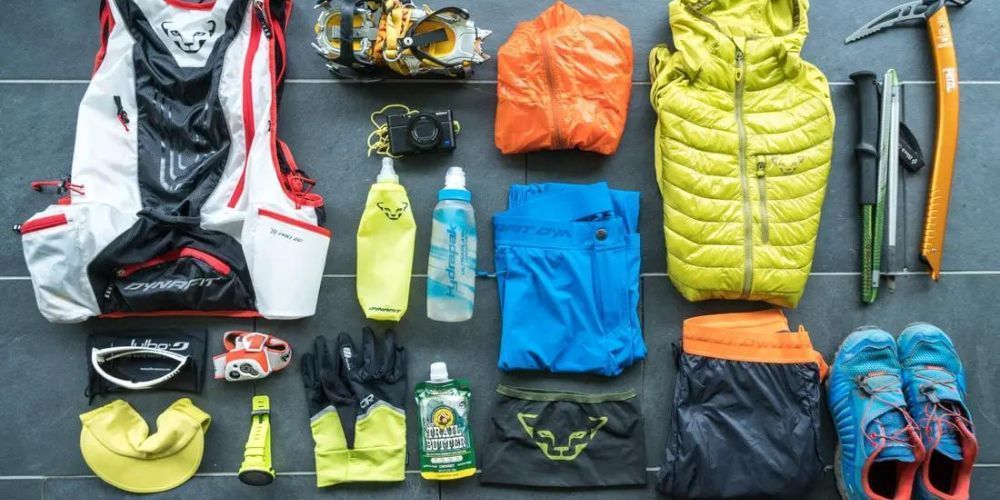William Flaiz is a lifelong athlete and outdoor enthusiast with a deep passion for adventure and sports. With over two decades of experience competing in marathons, triathlons, adventure races, and a wide range of recreational activities, William brings a wealth of knowledge to Sports and Nature Gear. Having explored 49 U.S. states and over 25 national parks, his extensive travels and hands-on experience with gear and gadgets provide readers with practical, expert advice for their own outdoor adventures. Whether it’s running, biking, kayaking, or hiking, William’s insights are invaluable to anyone looking to enhance their experience in the great outdoors. Read his full bio.
The Ultimate Guide to Hydration Packs for Hiking and Running
With top-rated choices like CamelBak's Rogue Light Bike Hydration Pack and the 85oz CamelBak Rogue Hydration Pack, users have easy access to hydrating fluids. These hydration packs are more than just water carriers; they're durable, comfortable, and designed for practical use. In an unexpected twist, these essential items also serve as miniature utility hubs carrying a host of other essentials like snacks and first aid kits, making them not just a pack but your trail buddy. Now let's unpack this buddy's worth.
The CamelBak Rogue Hydration Pack is an excellent option for hiking due to its ample storage space, comfortable fit, and durable construction. It also comes with a 2L hydration bladder to keep you hydrated on the trails.
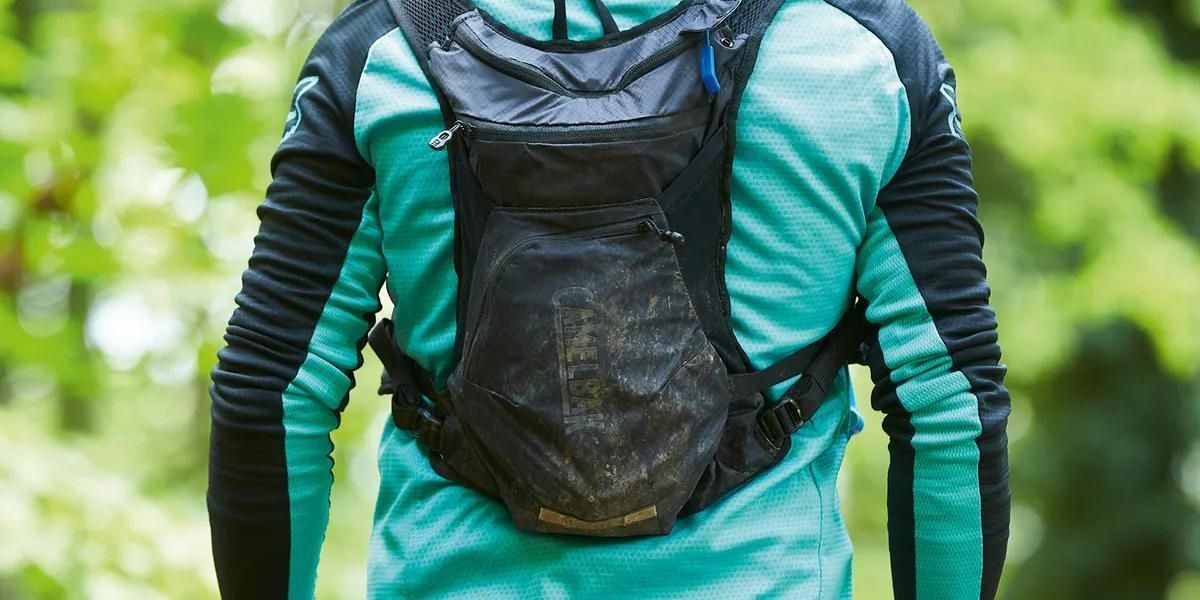
Top Rated Hydration Packs
When it comes to staying hydrated during outdoor activities like hiking and running, having the right gear can make all the difference. Among the top-rated options, the CamelBak Rogue Light Bike Hydration Pac k stands out. With a generous capacity of 70oz, it provides ample water storage while being lightweight, making it ideal for long biking or running sessions. Moreover, its availability for immediate shipping means you can acquire it without unnecessary delays.
In addition to the Rogue Light, the CamelBak Rogue Hydration Pack is another top contender in the market. With an impressive capacity of 85oz, this pack has garnered attention from over 400 individuals in just the past month alone. The significant number of purchases speaks to its popularity and reliability as a go-to hydration solution for outdoor enthusiasts. Both these packs are known for their durability, comfort, and practical design, providing a versatile solution suitable for both running and biking activities.
The durability of these hydration packs ensures they can withstand the rigors of various outdoor environments, including rough terrains and changing weather conditions—essential for trail runners and hikers where equipment endurance is paramount.
Furthermore, the comfort offered by these packs is equally important. Their ergonomic designs minimize strain on the wearer, allowing for uninterrupted focus on the activity at hand. Whether tackling steep trails or embarking on extended cycling routes, a comfortable hydration pack contributes to an overall enjoyable experience.
These top-rated hydration packs exemplify the combination of reliability and convenience. They are crafted to address the specific needs of outdoor enthusiasts, ensuring that users can stay adequately hydrated while focusing on their adventures.
Now that we've uncovered the top-rated hydration packs in the market, let's explore the features and benefits that make these essential accessories for outdoor pursuits.
Features and Benefits of a Hydration Pack
Hydration packs act as your personal water supply when you're hiking or running. They're designed to make it easy for you to drink water without having to stop moving. But they do more than just store water. A good hydration pack is like your sidekick on the trails, offering several features and benefits wrapped in a sleek, ergonomic design.
First off, let's talk about the most obvious feature—the hydration reservoir itself. These reservoirs usually have a hose that you can sip water from. It's like having your own little water fountain strapped to your back. These reservoirs come in different sizes to accommodate various trail needs, ensuring you have enough water without having to carry bulky bottles.
The adjustable straps keep your pack snug against your body, preventing it from bouncing around as you move. This is a game-changer when you're navigating rough terrain or going down steep hills. And don't underestimate a good ergonomic design, which ensures the pack fits comfortably and reduces strain during extended wear.
But there's more! Hydration packs aren't just about water; they also provide extra storage for all your essentials such as snacks, first aid kits, or even a light jacket. Imagine having everything you need for an entire day on the trails neatly packed on your back.
And here's something that often goes unnoticed—the ventilation system. When you're working up a sweat, good airflow can make all the difference in keeping you cool and comfortable. Many hydration packs include mesh back panels to allow air to flow through, preventing that dreaded feeling of a sweaty back.
Hydration packs aren't just for hikers anymore. With their versatile design and functionality, they have become popular among trail runners too. The ability to carry enough water without having to hold anything frees up your hands for those high-energy sprints.
Picture this: You're halfway into your run, feeling tired and thirsty—but with a hydration pack, a quick sip of water is all it takes to refresh yourself and keep going. Not only does it keep you hydrated, but the convenience also lets you focus on your run without any distractions.
So, whether it's on the mountain trails or through winding forest paths, a hydration pack offers not just hydration but also comfort, convenience, and extra support that's invaluable during long hikes or intense runs.
Now, let's explore the intricate world of reservoir and backpack design—an essential aspect of choosing the perfect hydration pack.
Reservoir and Backpack Design
The reservoir is essentially the heart of a hydration pack. It's where the water is stored, making it crucial to have a reliable, well-designed reservoir for easy access to hydration while on the go. When you're in the middle of a high-intensity activity, you want to be able to drink water without having to stop and fumble with cumbersome bottles.
Staying hydrated is key to maintaining performance; convenient access to water can make all the difference in achieving your fitness or hiking goals. Whether it's pushing through your last mile or climbing towards that scenic peak, having a reliable reservoir is essential.
Turning our attention to the backpack design, it's not just about carrying the reservoir but optimizing the entire ensemble for comfort and stability. The backpack needs to fit snugly against your body, minimizing bounce and ensuring stability during high-impact activities such as running or mountain biking. It's not just about carrying water; it's about enhancing your mobility and overall experience.
The Reservoir: Key Considerations
For longer hikes or ultramarathons, consider larger capacity reservoirs ranging from 2-3 liters, while shorter runs may require smaller ones ranging from 1-1.5 liters. Additionally, features like wide openings make refilling and cleaning easier, while quick-release valves ensure efficient hydration on the move.
Backpack Design: Stability and Comfort
The primary purpose of backpack design is to ensure stability and minimize discomfort during intense physical activities. A streamlined yet spacious design provides ample storage for essentials like snacks, clothing layers, or first aid supplies while maintaining a close fit against your body.
Purpose-built compartments keep items organized without adding unnecessary bulk, while adjustable straps provide a customizable fit for varying body shapes and sizes.
When searching for a suitable hydration pack, prioritize comfort over flashy features. An impeccable fit ensures that your focus remains on enjoying the outdoors rather than being distracted by an ill-fitting or unstable pack.
In sum, an efficient reservoir coupled with a well-designed backpack is fundamental in ensuring convenience, comfort, and stability during your hiking and running endeavors. These components work in tandem to enhance your overall outdoor experience while keeping you adequately hydrated and prepared for anything nature throws your way.
As we gear up to embark on exciting outdoor adventures, let's now delve into understanding the critical factors of choosing the right hydration pack —capacity and fit.
How to Choose a Hydration Pack: Capacity and Fit
When selecting a hydration pack, two critical factors to consider are the pack's capacity and how well it fits your body. Let's delve into each of these elements to help you find the perfect hydration pack that suits your needs.
Capacity
Considering the duration of your activities is crucial when determining the capacity of your hydration pack. Shorter runs or light hikes may only need 1-1.5 liters of water capacity, providing enough hydration without adding excessive weight or bulkiness to your pack. On the other hand, longer hikes, intense trail runs, or biking adventures may necessitate a larger capacity of 2-3 liters to ensure you have sufficient water throughout the activity. It's always better to have more water than you think you need, especially on longer excursions where access to water sources may be limited.
Think about the types of activities you will engage in and their typical duration when deciding on the capacity of your hydration pack. Additionally, certain environments, such as hot and arid climates, require more hydration, so adjust your needs accordingly based on the specific conditions you will encounter.
Fit
The fit of a hydration pack is as important as its capacity. A properly fitting pack ensures comfort and stability while effectively distributing weight across your body. When trying on a hydration pack, it should fit snugly against your back and shoulders without restricting movement. Look for packs with adjustable straps to personalize the fit according to your body shape and size. A good fit significantly reduces chafing and discomfort, ensuring an enjoyable experience during your outdoor activities.
Padded shoulder straps enhance comfort by reducing pressure points, making it easier to carry the weight of the pack over extended periods. Additionally, breathable back panels are vital for ventilation, preventing excessive sweating and discomfort caused by trapped heat against your back.
Imagine this: A well-fitted hydration pack feels like an extension of your body rather than an added burden. It allows you to move freely without shifting or bouncing around as you traverse rugged trails or tackle challenging terrains.
By paying close attention to both the capacity and fit of a hydration pack , you can ensure that it not only provides optimal hydration but also delivers enhanced comfort, support, and stability throughout your outdoor adventures.
Practical Tips for Using a Hydration Pack
Hydration packs are incredibly versatile, allowing you to drink hands-free and stay fully fueled during your outdoor adventures. But using them effectively involves more than just filling them up and putting them on. Here are some practical tips to help you get the most out of your hydration pack.
Consistent Hydration
Consistently sipping water throughout your hike or run is key to maintaining proper hydration levels, especially during long and strenuous activities. But here's a tip—don't wait until you're thirsty! By the time you feel thirsty, you may already be mildly dehydrated, so sip water at regular intervals to ensure that you're staying ahead of dehydration. Remember, the goal is to avoid thirst entirely by taking small sips frequently, rather than gulping down a large amount all at once.
Regular Maintenance
After each use, it's important to thoroughly clean and dry your hydration pack to prevent mold and bacteria growth. Neglecting this step could lead to unpleasant odors and potentially harmful health effects if left unattended. Here's how you can keep your hydration pack in top condition:
- Rinse it thoroughly: After emptying the pack, rinse it with mild soap and warm water to remove any residual sports drink or electrolyte mix.
- Air-dry completely: Once clean, make sure it's completely dry before storing it to prevent mold growth. Hang it upside down with the cap off and allow it to air-dry naturally.
Adjusting Straps
As you consume water from your hydration pack, it will become progressively lighter and less bulky. This means that the fit will change as well. To ensure a secure and comfortable fit throughout your adventure, make sure to periodically adjust the pack's straps. This will help maintain stability and prevent any bouncing or rubbing against your skin.
These practical tips can make a significant difference in effectively utilizing your hydration pack while also ensuring its longevity. Let's explore further ways to maximize its benefits and keep you hydrated on the trails or during your runs.
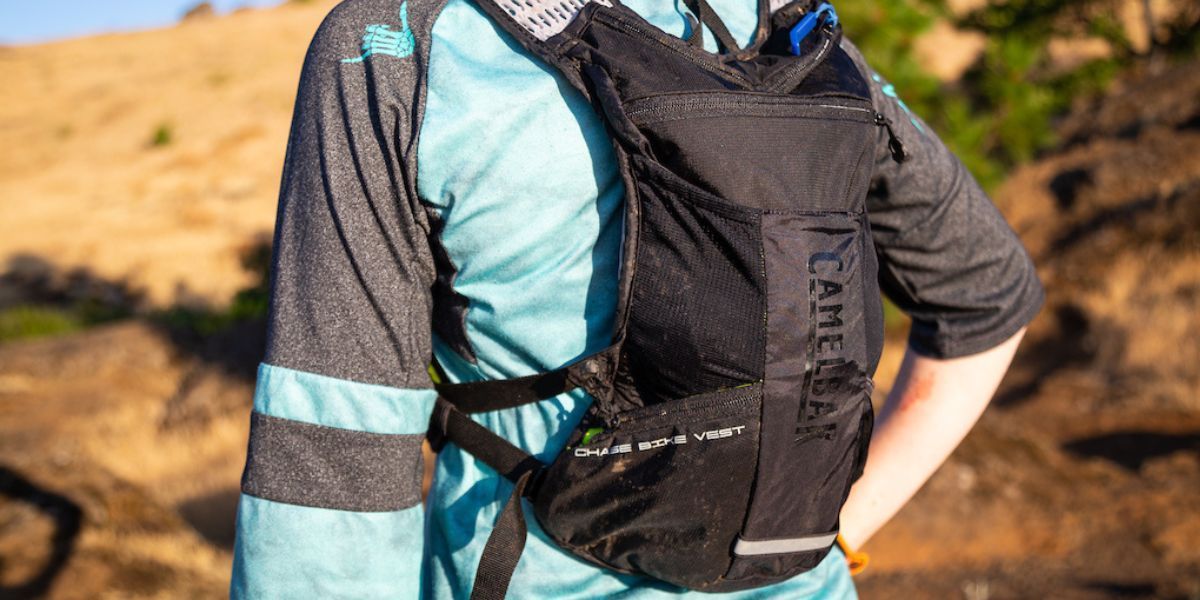
Hydration Packs Suited for Running
When it comes to running, comfort and convenience are non-negotiable factors when selecting the perfect hydration pack. The CamelBak Nano Handheld 17oz stands out as a popular choice among runners due to its lightweight, minimalistic design, and ergonomic grip that makes it feel like an extension of your arm rather than an added burden.
The handheld design of the CamelBak Nano Handheld 17oz allows runners to maintain a natural stride without being encumbered by the pack, and its easily accessible drinking spout minimizes the need for unnecessary stops or breaks in momentum—crucial during long-distance runs or races where every second counts.
Additionally, the pack's capacity of 17oz strikes the perfect balance between providing sufficient hydration without compromising on weight and bulkiness—essential because carrying an adequate amount of water is crucial, but excessive weight can hinder a runner's performance.
Long-time runners often experience discomfort or chafing when wearing traditional backpack-style hydration packs during their runs, leading them to opt for compact handheld options like the CamelBak Nano Handheld 17oz instead.
With its emphasis on lightweight design and effortless access to water, this pack exemplifies the ideal characteristics required for a running-centric hydration pack. Let's further explore additional features and benefits that make it well-suited for runners.
Hydration Packs Ideal for Hiking
When you're out in nature, exploring picturesque trails, a good hydration pack becomes your faithful companion. Unlike running, where streamlined designs take precedence, hiking demands additional storage space for essentials like food, clothing, and safety gear. The ideal hiking hydration pack strikes a careful balance between capacity, comfort, and convenience.
You need a hydration pack that can carry more water to keep you hydrated on longer treks and offer ample storage for snacks, a light jacket, map, or GPS device without feeling cumbersome or uncomfortable.
One popular option that fits these criteria is the TETON Sports Oasis 1100 Hydration Pack. With a generous 2-liter capacity, it ensures you have enough water on hand for extended hikes. Additionally, its multiple compartments provide designated spaces for organizing your personal items, while adjustable straps enable you to achieve a comfortable fit during long journeys.
Considerations when choosing a hydration pack for hiking include ease of access to water and storage compartments, weight distribution, durability of materials due to exposure to outdoor elements, and overall comfort during prolonged wear.
For instance, the Osprey Syncro 12 is a highly regarded choice due to its high-end quality, excellent storage and organization features, and breathable back panel. Although initially designed for cycling, its versatility makes it suitable for day hikes and provides an excellent balance of carrying capacity and comfort.
The Deuter Compact EXP 14 stands out with its extensive storage options and robust support for heavier loads. However, it's important to note that this model may feel heavier compared to others due to its large capacity.
In summary, finding the right hydration pack for hiking involves careful consideration of both water-carrying capabilities and adequate storage space for essential items. With numerous options available in the market, prioritizing comfort and functionality will ensure an enjoyable and well-prepared experience on the trail.
Selecting the perfect hydration pack based on your specific needs can greatly enhance your outdoor adventures, offering not just hydration but also convenience and comfort. Happy trails!
AUTHOR
Nature's Playbook
As an Amazon Associate I earn from qualifying purchases.


